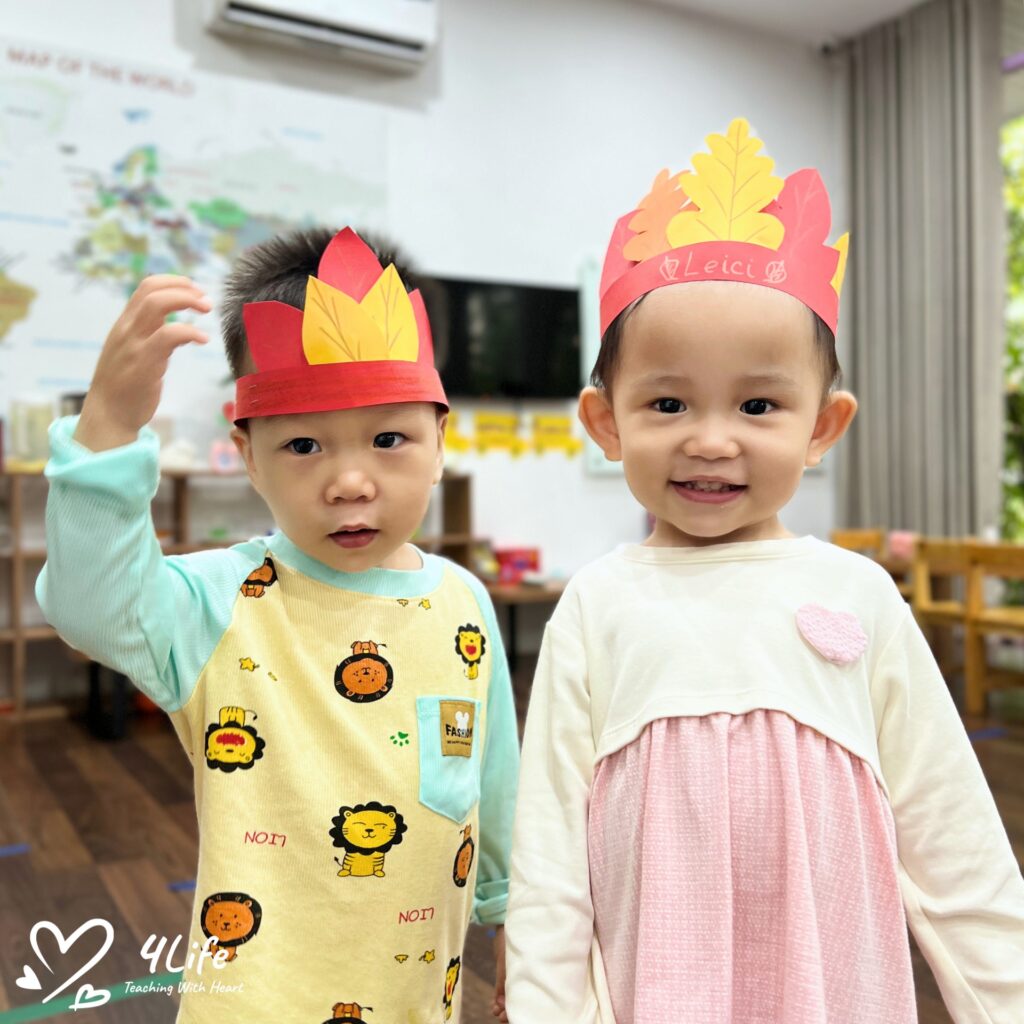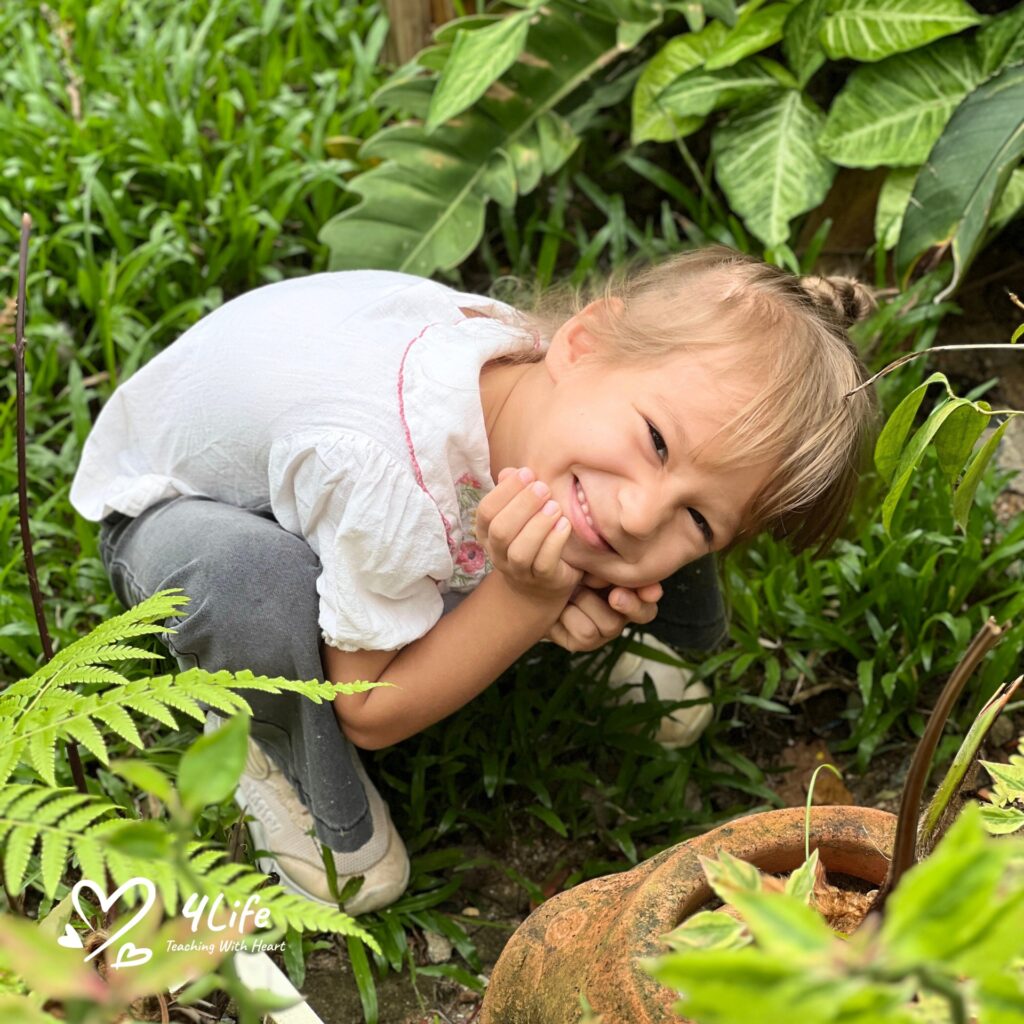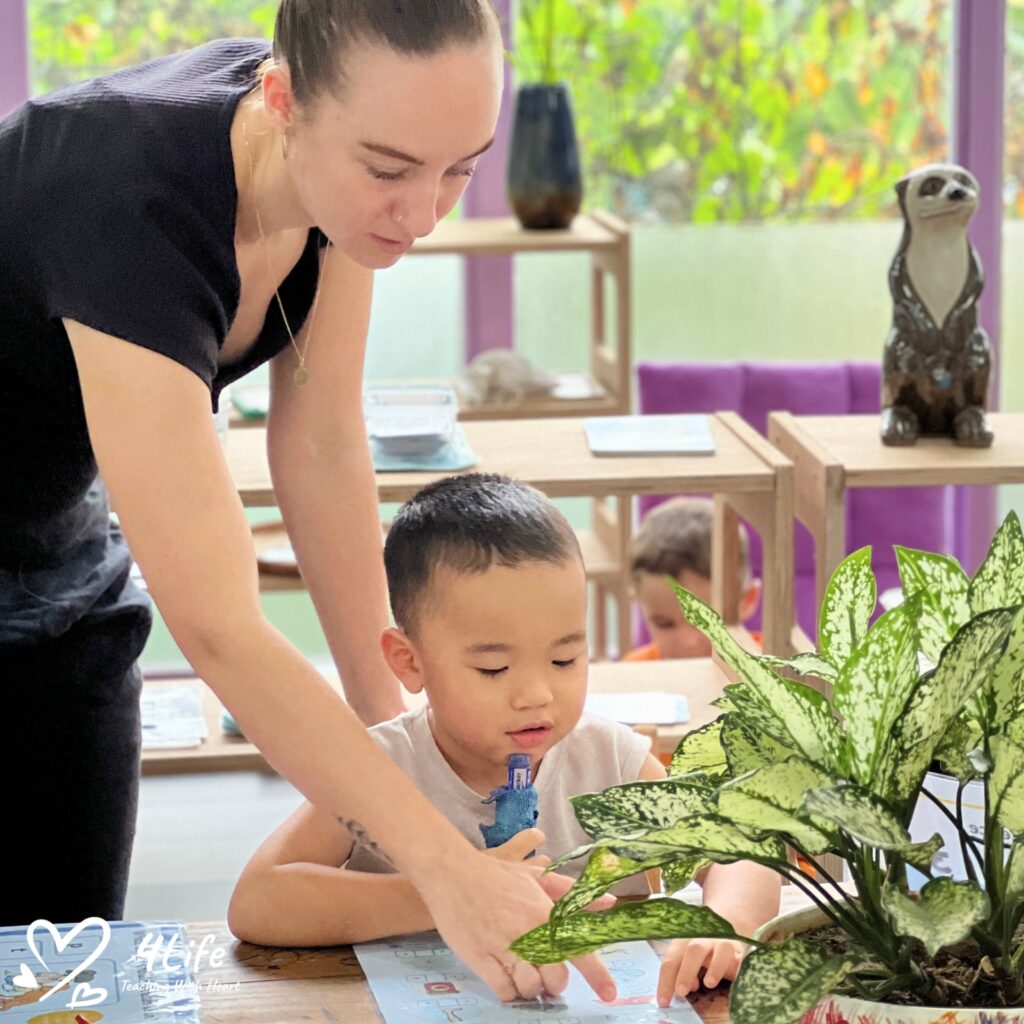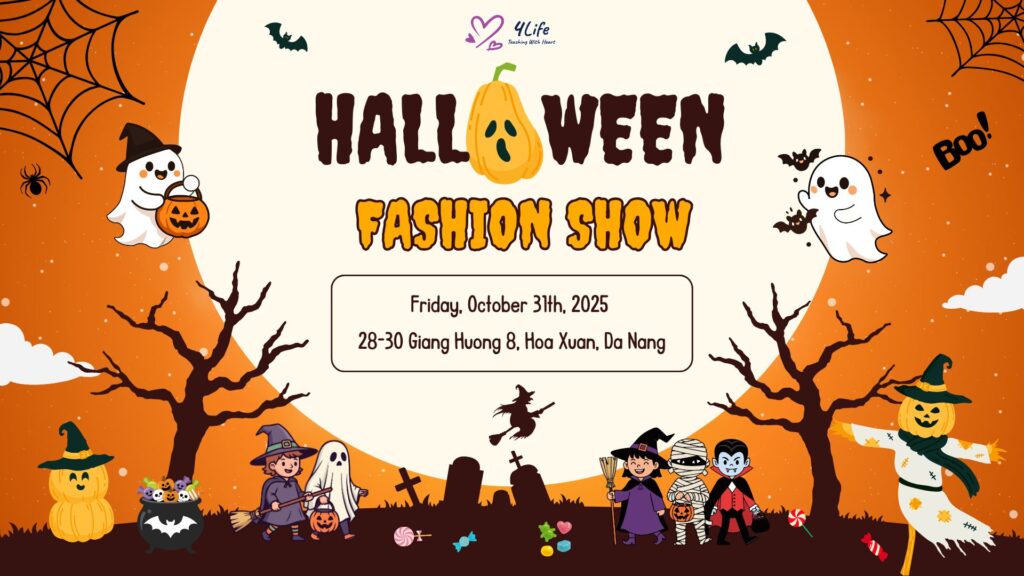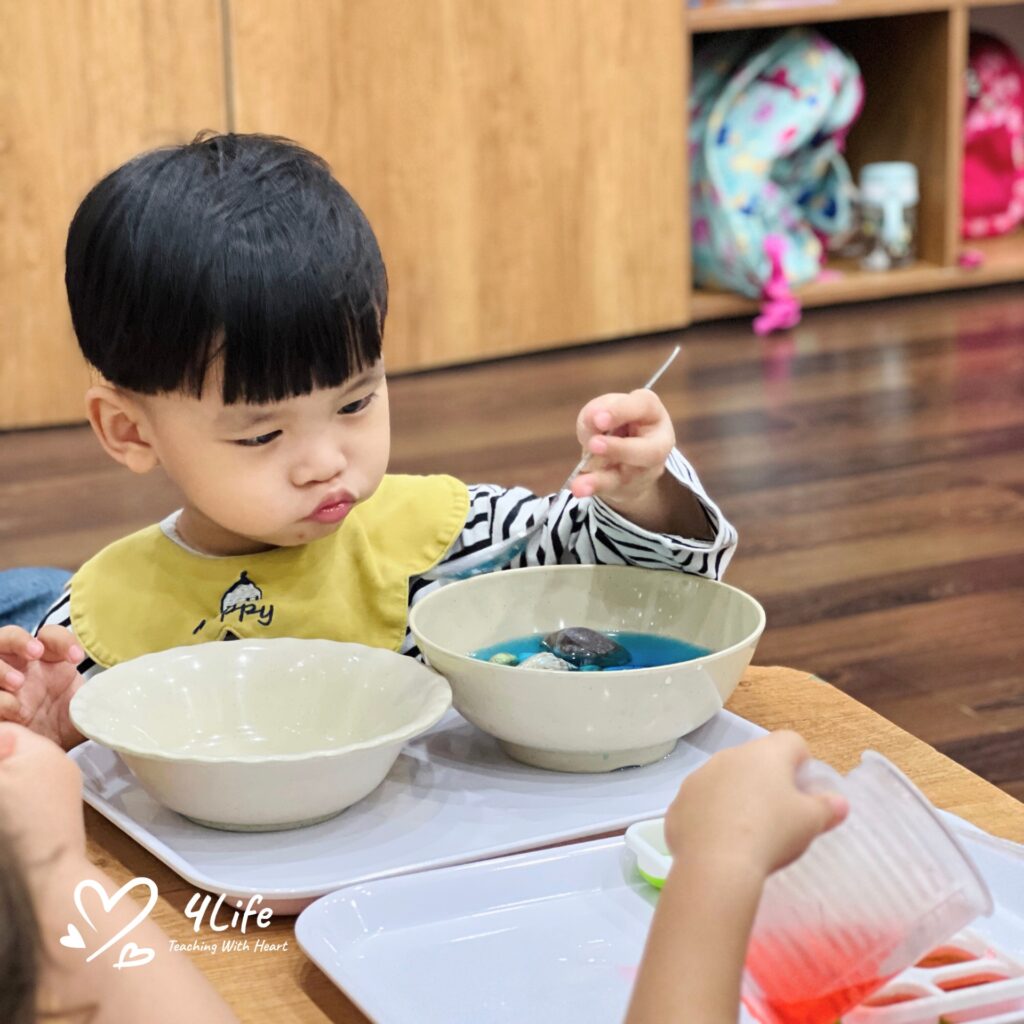4Life Approach
Montessori Method
4Life and Montessori philosophy are together in the tradition of Jean Jacques Rousseau, Johann Heinrich Pestalozzi, and Friedrich Froebel, who have emphasized the innate potential of the child and his ability to develop in environmental conditions of freedom and love.
Unlike many educational philosophers, Montessori developed an educational method to implement her philosophy. Her genius in this respect is an important reason for the enduring and widespread impact of her work.
She specifically guides us through the three most important elements of a school: environmental preparation, teacher training, and classroom formation when the two combine. The Montessori materials are roughly divided into four categories: the daily-living exercises involving the physical care of person and environment, the sensorial, the academic, and the cultural and artistic materials. To help our children understand their inner world, the Montessori Method is a comprehensive system

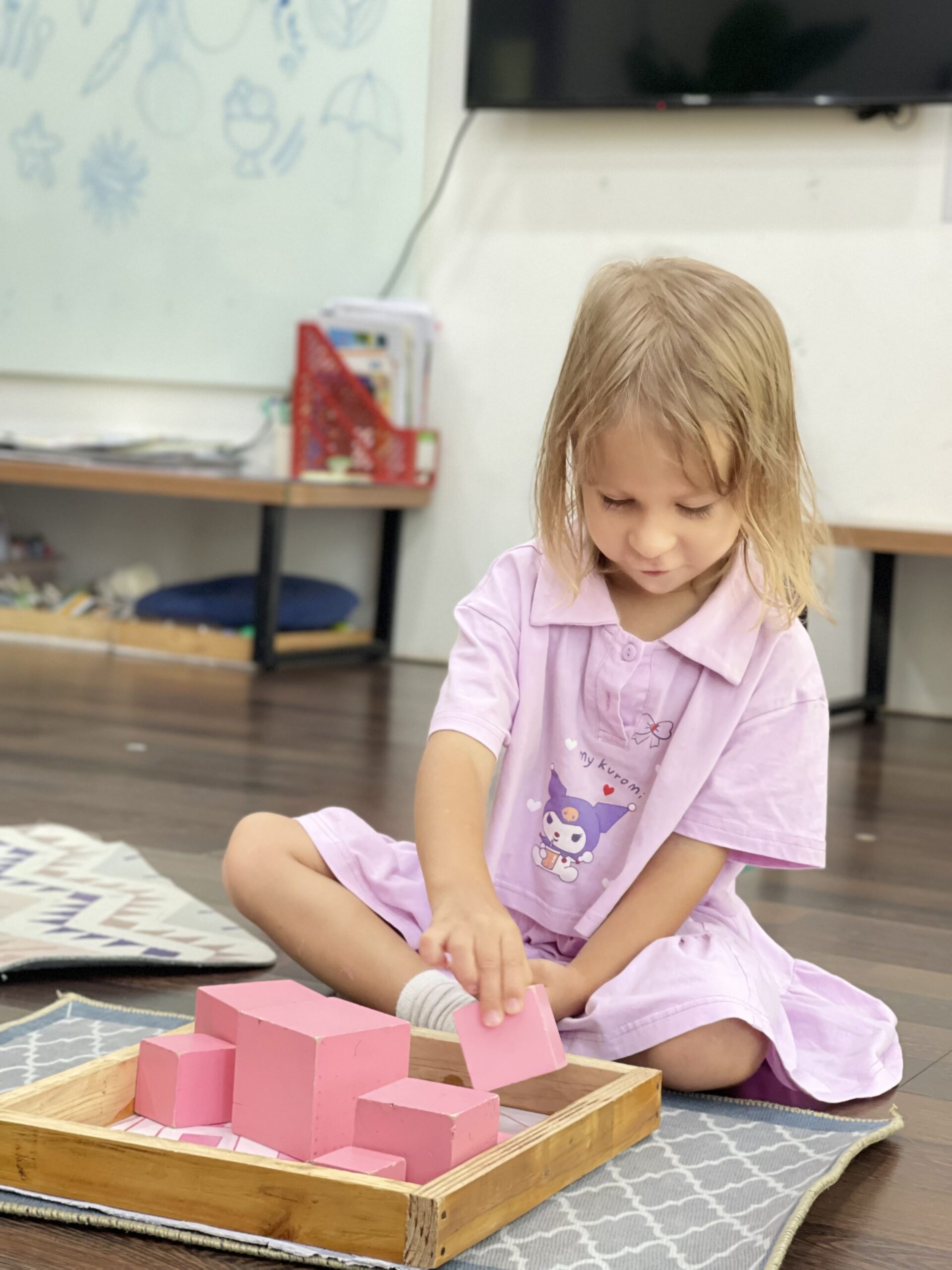
It should be kept in mind, however, that Montessori wanted her method to be considered an open-minded one, and not a fixed system. She believed in innovation in the classroom, and her whole approach to education was in the spirit of constant experimentation based on observation of the child.
Montessori education is not a panacea for the problems of our
society today, as some enthusiasts might have us believe. However, Montessori philosophy and method deserve credit as a beginning—the first real beginning—to seeking the answers to the child’s education and life out of his experiences and not out of our own. As such, they represent an excellent foundation on which to build the education of the future.
4Life mainly utilizes the Montessori Method in its classrooms for the following reasons:
– We generally agree on our perspectives regarding children and the path for a child to develop into the best version of themselves.

– 4Life boasts a team of highly trained teachers in Montessori education. The lead teacher, Candice Bricknell, has completed numerous training courses at the world’s largest Montessori training centers, including North America Montessori Center, ETDP.SETA, and South Africa Montessori Center. With 15 years of experience in teaching and running Montessori schools, she is well-equipped to provide high-quality Montessori education.
– 4Life has facilities that are exactly as Montessori wanted for a Children’s house.
Most children know far more about the world before they start school than they will show a few years later when they have learned to be passive learners who don’t trust their senses, intellect, and imagination. Therefore, our greatest task is to help our students to rediscover their brain’s ability to think, intuit, discover and to develop a sense of independence, sequence, and order – to learn how to learn.
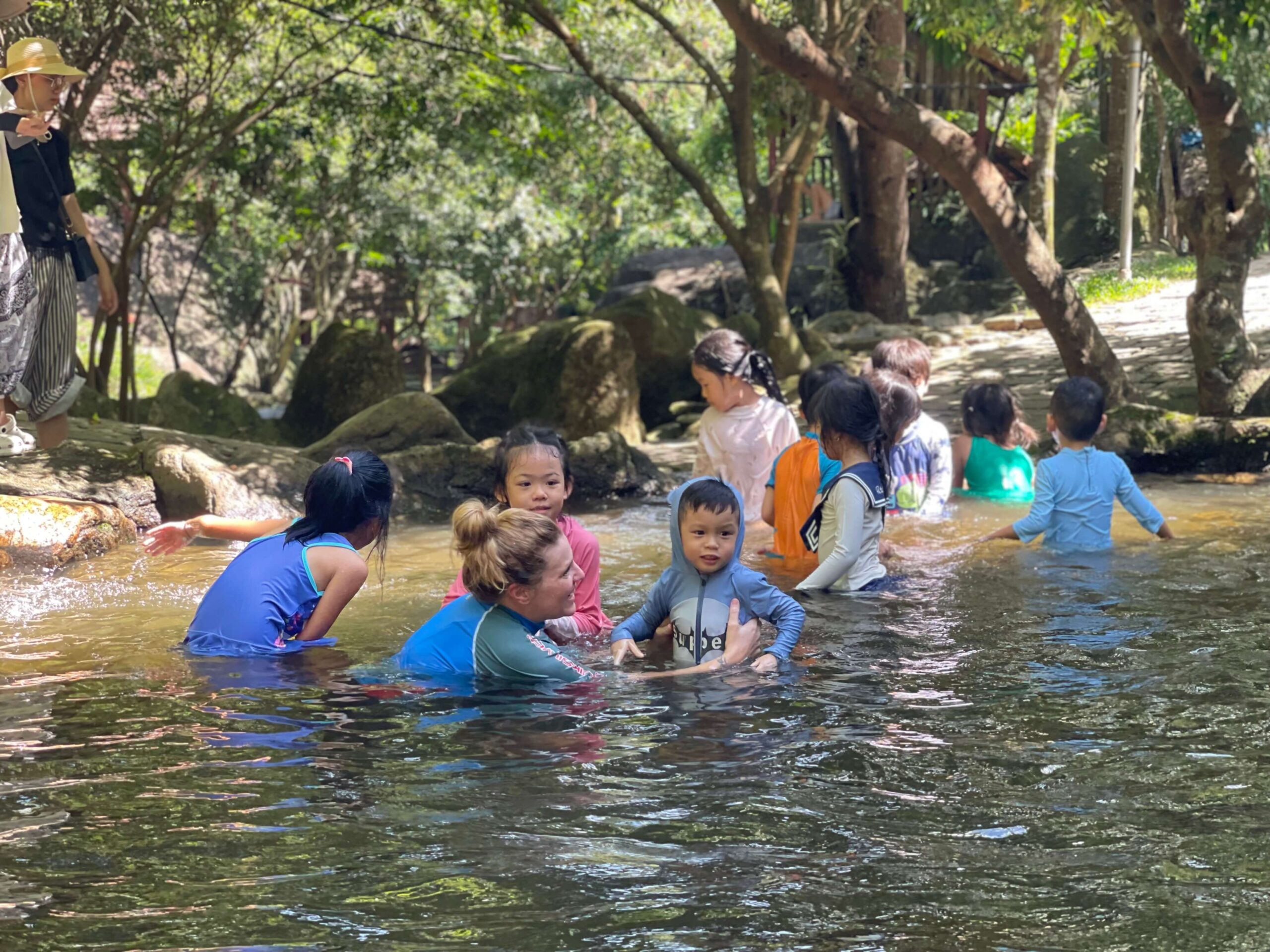
4Life values the principles of Montessori education and extends them in various ways. In addition to respect, we also emphasize love and empathy. We acknowledge and encourage the spiritual connection and intuition of each individual. We incorporate more outdoor activities for children, using a wide range of learning materials from nature. We focus on nurturing a harmonious attitude in children, helping them find true happiness in all aspects of life.
“One of the most urgent endeavours to be undertaken on behalf of the reconstruction of society is the reconstruction of education. It must be brought about by giving … children the environment that is adapted to their [nature]”.
Inquiry Learning Through Integration
4Life’s child-centered approach to teaching young children, an approach that respects their inherent curiosity by devoting learning time to inquiry experiences and an approach that replaces rigidly divided subject matter with cross-curricular study.
Learning through inquiry begins from birth, as infants explore their environment and interact with the people in it. During their early years, children absorb more information than at any other time in their development. They learn by continually asking questions and observing using all their senses, while also being guided and inspired by adults.
Children are naturally curious about the world around them. By offering them opportunities to explore and inquire, their interest is usually piqued. It’s important to note that the world around us doesn’t neatly fit into subject categories like math, science, or social studies. Instead, it often integrates various aspects of subject matter. This suggests that for young children, and even for many older ones and adults, the most effective approach to successful learning involves using inquiry within an integrated curriculum.
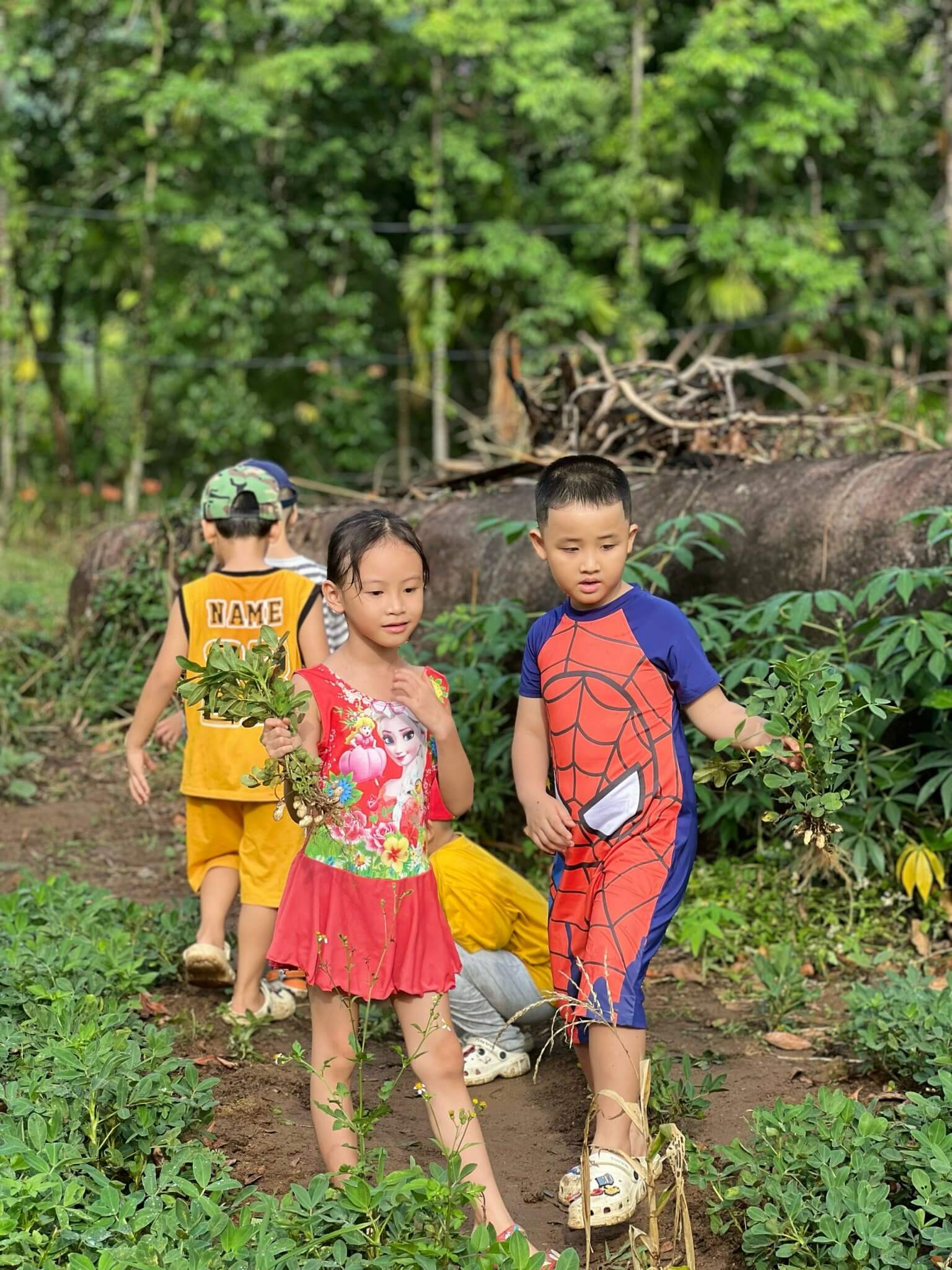
When children are given meaningful pportunities to follow their curiosity, ask questions, and gain a deep understanding of a topic, it’s referred to as investigative learning, inquiry-based learning, or simply inquiry learning.
“The object of education is to prepare the young to educate themselves throughout their lives.” – Robert Maynard Hutchins
It is possible to provide young children with an education that is engaging, exciting, and meaningful to their lives while ensuring that they do well on the necessary assessments.
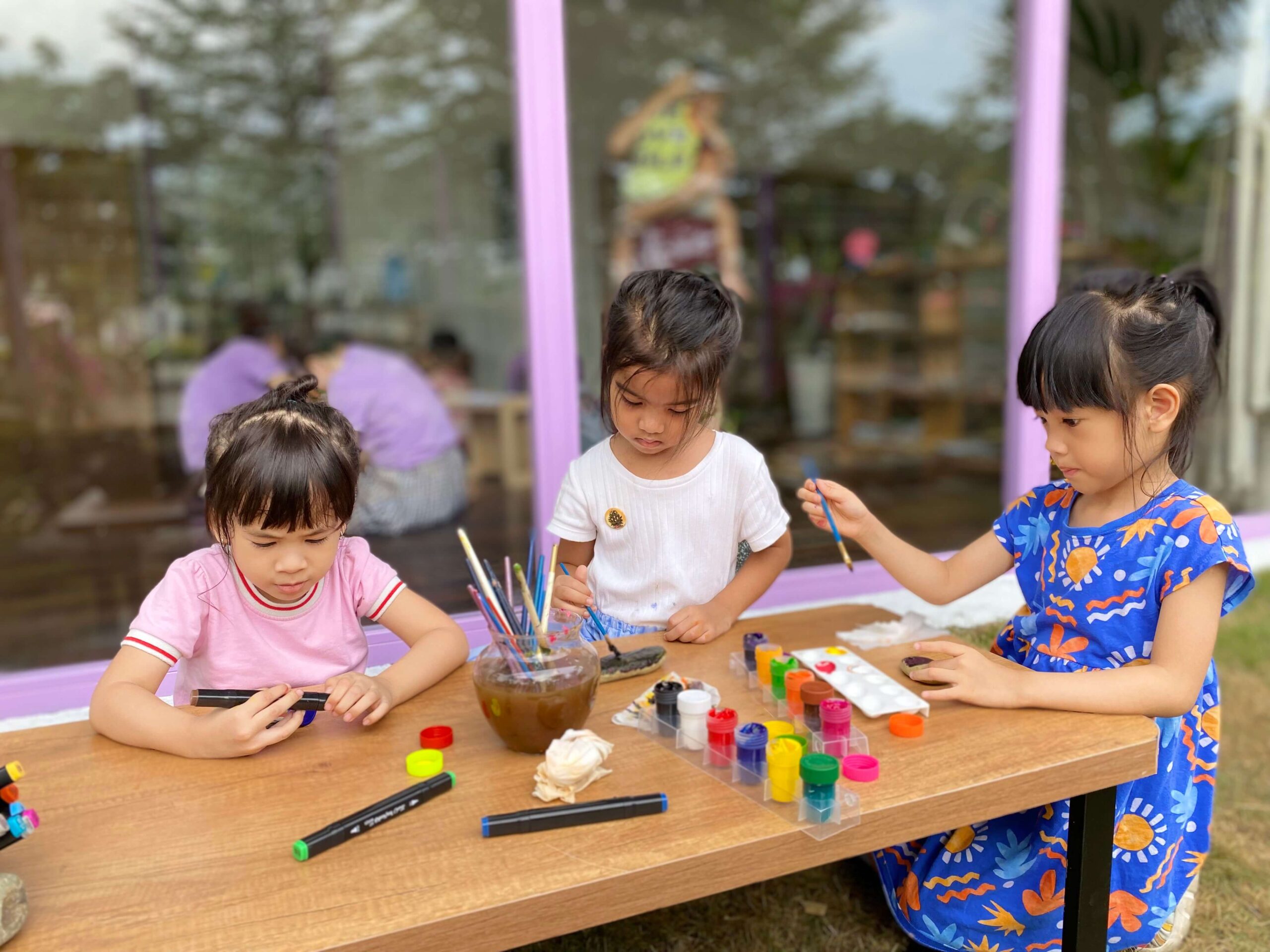

The Child centered learning environment
Just as we remember, however vaguely, the people and environments of our early school experiences, so too will the children that we ourselves teach. And with good reason. The environment and the people working within it provide a powerful infl uence on how children feel about learning, on how well they learn, and on what they learn.
Caring, civic-minded classrooms, developed on a foundation of physical and emotional security, provide the optimal framework to promote the integration of the curriculum through child-directed, inquiry-based learning. It is challenging for our teachers to make time and give the effort needed to establish the rich, stimulating, and safe physical and social-emotional environments needed to enhance children’s capacity for learning, as well as to foster harmonious social growth. But we rise to that challenge as we seek ways to be supportive of each of their young charges and prepare the learning environment to nurture the strengths that each child brings to the class.
“The ideal environment would support children’s desire to find out about things, facilitate the process of discovery, and, in general, meet children’s needs.” – Alfie Kohn
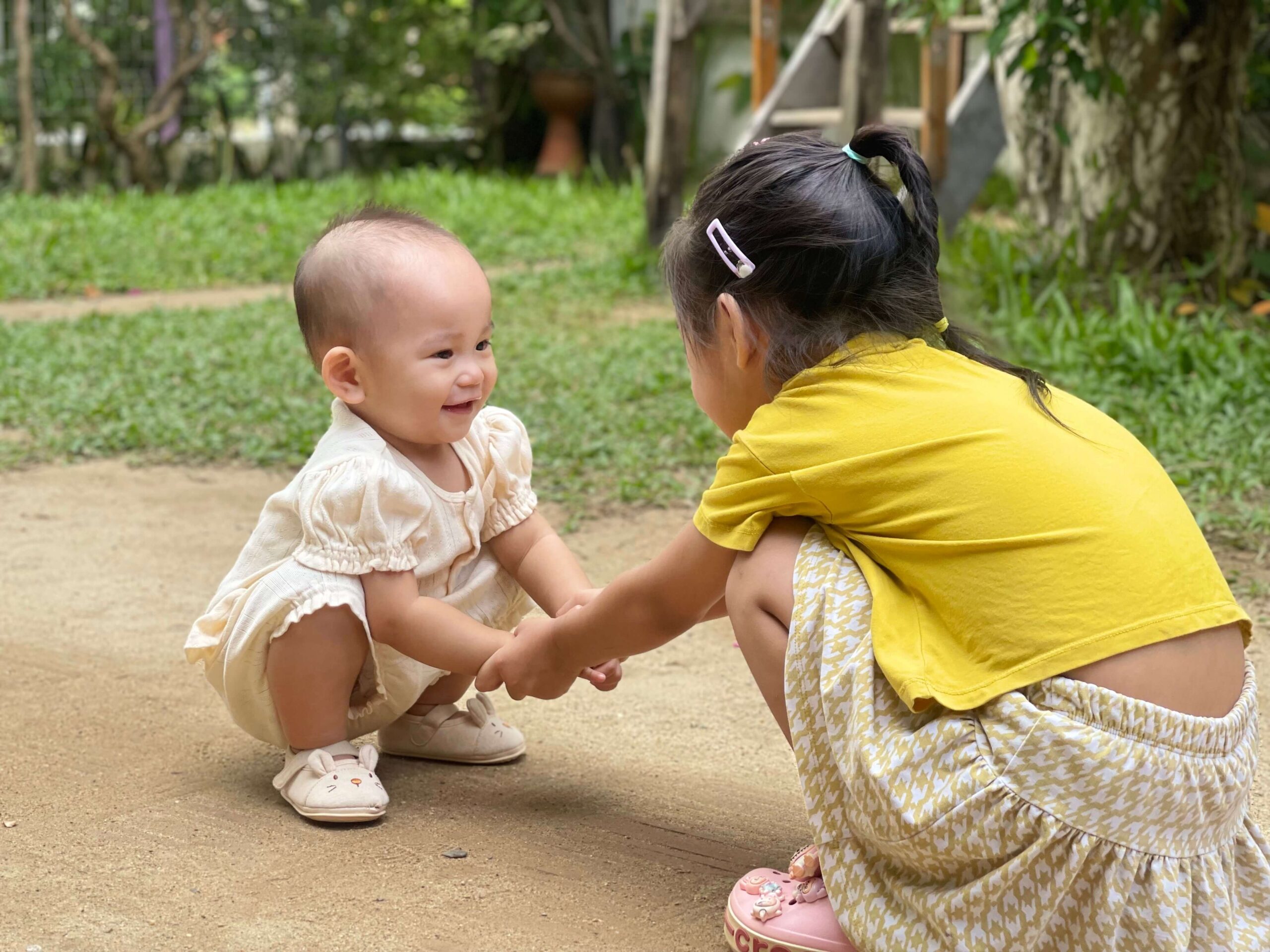
We are skilled in the teaching and modelling of behaviours and expectations that promote feelings of belonging, usefulness, and respect in order to set the stage needed to create an environment that provides security for every child. A blanket of security helps children gain independence, independence that will gradually mature into interdependence. A blanket of security supports and encourages young investigators as they explore their great world.
In 4Life, we are “taking a village to raise a child” all over side: indoor and outdoor environments, social-emotional environments, proactive and predictable classroom management.

Ongoing assessment and standards
Assessment in early childhood education is an ongoing process and an important one for analyzing, evaluating, and revising classroom programs. Assessment that focuses on individual children can also provide critically important information that leads to helpful interventions or modifications of curriculum to meet specific needs.
We flexibly combine many methods: Observation, Anecdotal Records, Checklists, Rating Scales, Interviews, and Portfolios to ensure assessment is strategic and purposeful, systematic and ongoing, integrated with teaching and curriculum, valid and reliable, communicated and shared.
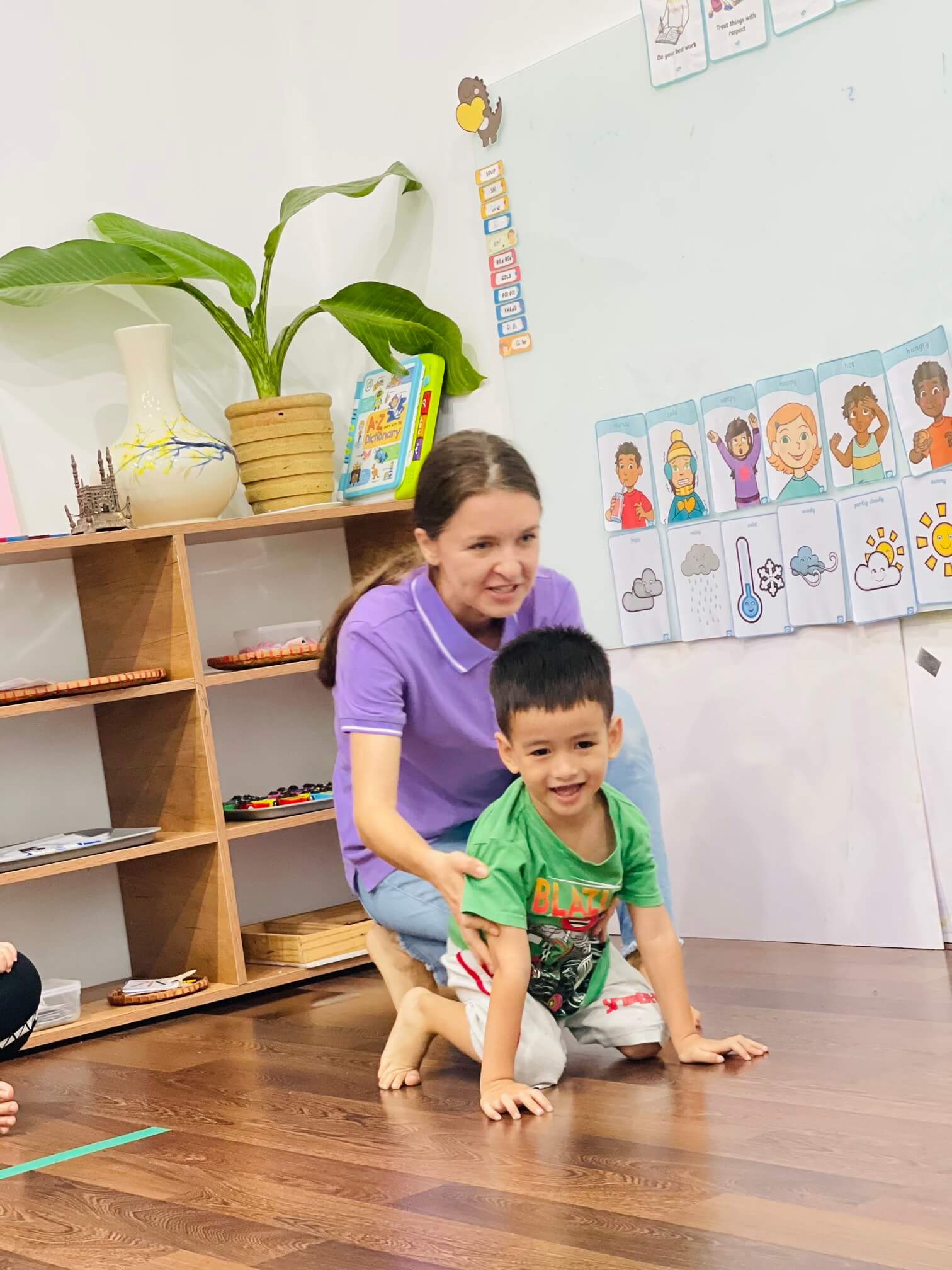
Our children have engaged in an integrated, meaningful curriculum infused with inquiry and wonder can perform just as well, if not better, on standard tests than their young counterparts who are subjected to a tedious, fragmented, irrelevant, “test-prepping” curriculum.
“Early childhood educators must not be dazzled by tests just because they look scientific or because governors, legislators, and community leaders believe that tests reveal “ the truth ” about children’s learning.” – Constance Kamii
We developed the Montessori assessment, which emphasizes the student’s activities, experiences, and participation in their. learning journey: Initial Presentation/Lesson Given, Initial Exploration, Exploring Skill, Working Towards Proficiency, High Level of Proficiency, Very High Level of Proficiency.

Connecting curricula through themes and units
We love to do projects with our children because it is exciting watching them construct their own knowledge base … watching them decide what interests them the most, investigating it, and asking questions about it. We like seeing children excited about what they’re doing, excited about their learning. We like watching them almost on fire because they can’t get the questions out fast enough and they can’t get the materials in their hands fast enough to represent what they’re learning as they investigate a topic. And we know it is just the best way for children to grow and for their brains to develop.

The theme-based curriculum is designed to surround children with a unifying concept or broad topic in most of their study, and even play, for a predetermined period of time. All children in the class undertake the same thematic activities, which are planned in advance by the teacher (with personalized goals).
Because children need the actuality of hands-on, visible subjects, a theme take a more concrete, tangible, topic-like form – All About Me , Farm Animals , Winter , Plants and so on. Then, the theme is carefully planned and the use of curriculum webs, which, on paper, resemble “Charlotte’s Web,” by teachers.
“When you are out walking, nature does not confront you for three-quarters of an hour only with flowers and in the next only with animals. It is clear that when out walking, you can also sit and pick up the flowers and concentrate solely on them for three-quarters of an hour and learn a great deal. The problem is that in school we generally do not consider both perspectives as necessary components of a child’s education..” – Heidi Jacobs
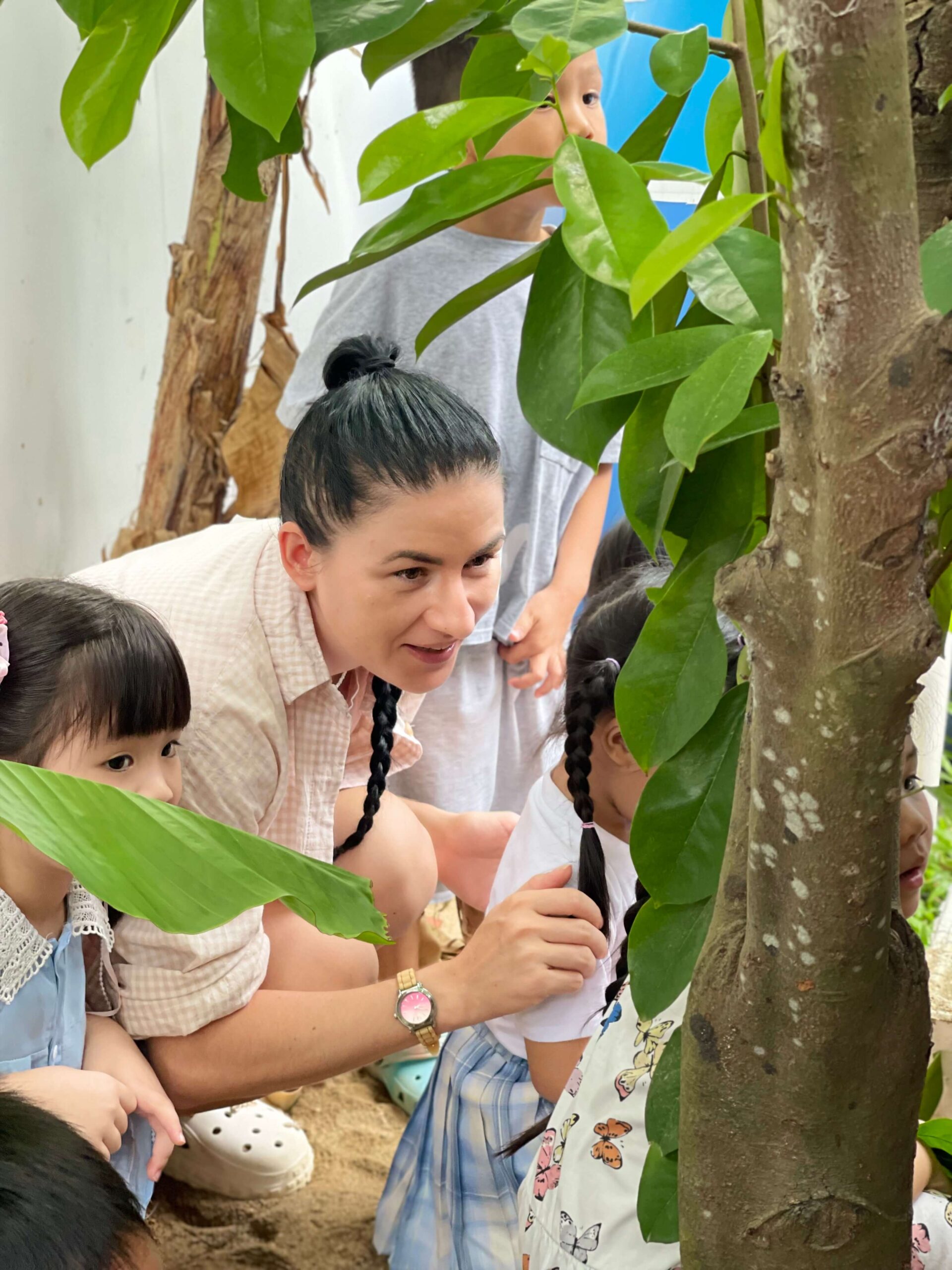
In quiry-based learning
We provide our students with the most important opportunities to pursue and grasp knowledge: ponder and ask questions about objects or events that engage them.
Our mindful teachers embrace the wonder in his or her students as a tool to construct knowledge; such use of wonder is at the heart of using inquiry throughout the integrated curriculum.
Our inquiry-based learning in early childhood curriculum has been introduced previously. It is, however, an avenue that enables children to gather and utilize knowledge in meaningful and relevant ways with the goal of helping them become lifelong learners. It may not be an overstatement to argue that using inquiry-based learning to integrate the curriculum can be a panacea – to counter the lament of too much curriculum to cover, to overcome the lack of transference in student knowledge, and to address the misfortune of being understimulated, disengaged young learners.

Asking the ‘right’ question is far more important than receiving the answer. The solution to a problem lies in the understanding of the problem; the answer is not outside the problem; it is in the problem. Understanding the power of “why?”, our teachers are not only to be aware of and responsive to queries of their students but to actively pursue avenues that allow for inquisitiveness in the classroom.
Albert Einstein stated, “The important thing is not to stop questioning; curiosity has its own reason for existing”. We never stop learning; we always have the capacity to learn newer and better ways of doing things, respond to things, and exist with others in the world.
Learning Through Play
When you were a child, how much time did you spend playing outdoors? From time immemorial, children have spent countless hours outdoors immersed in physical, imaginative, social play.
In the introduction to 4Life’s Educational Philosophy, we discussed the importance of play for children. Not any more all over the world. Children now spend much less time playing like this more than ever before, and the consequences are incalculable.
There are several reasons. One is the pervasive reach of digital media and the compulsive attractions of screen-based games. Parents’ busyness and their excessive use of social networks can also contribute to children’s screen addiction. Second, many adults think children’s play is an enjoyable leisure activity, but unimportant compared with other priorities, especially in education. A third reason for the decline in outdoor play is fear. Children across the globe spend less time playing outside because of parents’ worry about their safety.


Also, there is another problem. As urban populations grow and rural populations decline, there are too few designated spaces for real play that are free of cars and other obstacles. In many urban areas, they make play a low priority and fail to provide enough safe spaces for children to play.
Why is play dying in childhood?
There are many social and cultural factors, and one major political reason is “GlobalEducation Reform Movement,” an intellectual school reform paradigm that placesacademic performance as measured by standardized tests before children’s engagement, well-being, and play in schools. Schools and children under intense government pressure to generate optimal standardized test data, play—and many other essential things like the arts, music, physical education, life skills, field trips, ethics, civics, and hands-on STEM (science, technology, engineering, and math) projects—is increasingly dismissed as a disposable, unnecessary luxury.
We have piled onto our children stress upon stress, pressure upon pressure, standardized test upon standardized test. There is no evidence that this has helped our children’s learning or their futures, but we keep doing it, year after year, to millions upon millions of children the world over.

We have done this helplessly, almost involuntarily, like the victims of some sort of hypnotism, like people in a dream, like lemmings heading for the sea.
This world without play is wasting the talents of its teachers, the potential of its schools, and the destiny of its children.
This is not a way of life at all, in any true sense, for any society or any child—it is childhood hanging on a cliff of sorrow.
4Life believes that regardless of educational objectives or methods, if children are not happy, the educational process has failed. The facility provides ample indoor and outdoor space for children to be active, offering a variety of play activities that include guided and free play.

Free play is considered crucial for nurturing creativity and allows teachers to easily observe a child’s behavior and concerns. During free play, children can truly be themselves.
4Life’s curriculum is mainly focused on fun and experiential activities. Alongside the Inquiry Learning Through Integration approach, every day at 4Life is filled with joy for the children. With this method, children eagerly engage with knowledge in a systematic way and apply it meaningfully in their lives.
In reality, it has been proven that without academic pressure, children at 4Life consistently demonstrate superior knowledge and understanding, and are able to easily adapt to new environments.
4Life Curriculum, Scope and Sequence
4Life Curiculum, Scope and Sequence is the result of many years of painstaking analysis of the Montessori tradition to evaluate the age ranges at which we believe Montessori children should commonly reach major milestones and develop a language that is performance oriented and understood by traditional educators.
The curriculum areas currently included are:
- Practical Life Skills
- Sensorial
- Language Arts
- Mathematics and Geometry
- Geography
- History
- Science
- Economic Education
- Invention, Industry, and Technology
- Movement and Physical Education;
- Cosmic Studies
- Visual Art
- Music
4Life Montessori programs are designed to prepare children, not only for high school and university, but also FOR LIFE.

Our perspective on children’s learning and the role of educators is quite different from conventional education. Three key ideas are central to this approach:
- It is not the adult who shapes the child; it is the child who, through his experiences, creates an adult human being,
- Teaching is not something that one can do to another; we can only support the natural process of learning.
- There is a clear connection between one’s sense of self, of being fully alive and open to new ideas and experiences, and the ability to learn.
Recognizing this, we engage in a process that leads not to complacent students, who are good at cramming for tests, but rather to the development of self-actualized ‘renaissance’ men and women. In 4Life, children learn how to learn and see school as a center of an enjoyable lifelong experience. They acquire the values and intellectual skills that enable them to go on to college and then successful careers. They see this as a natural extension of their Montessori experience.
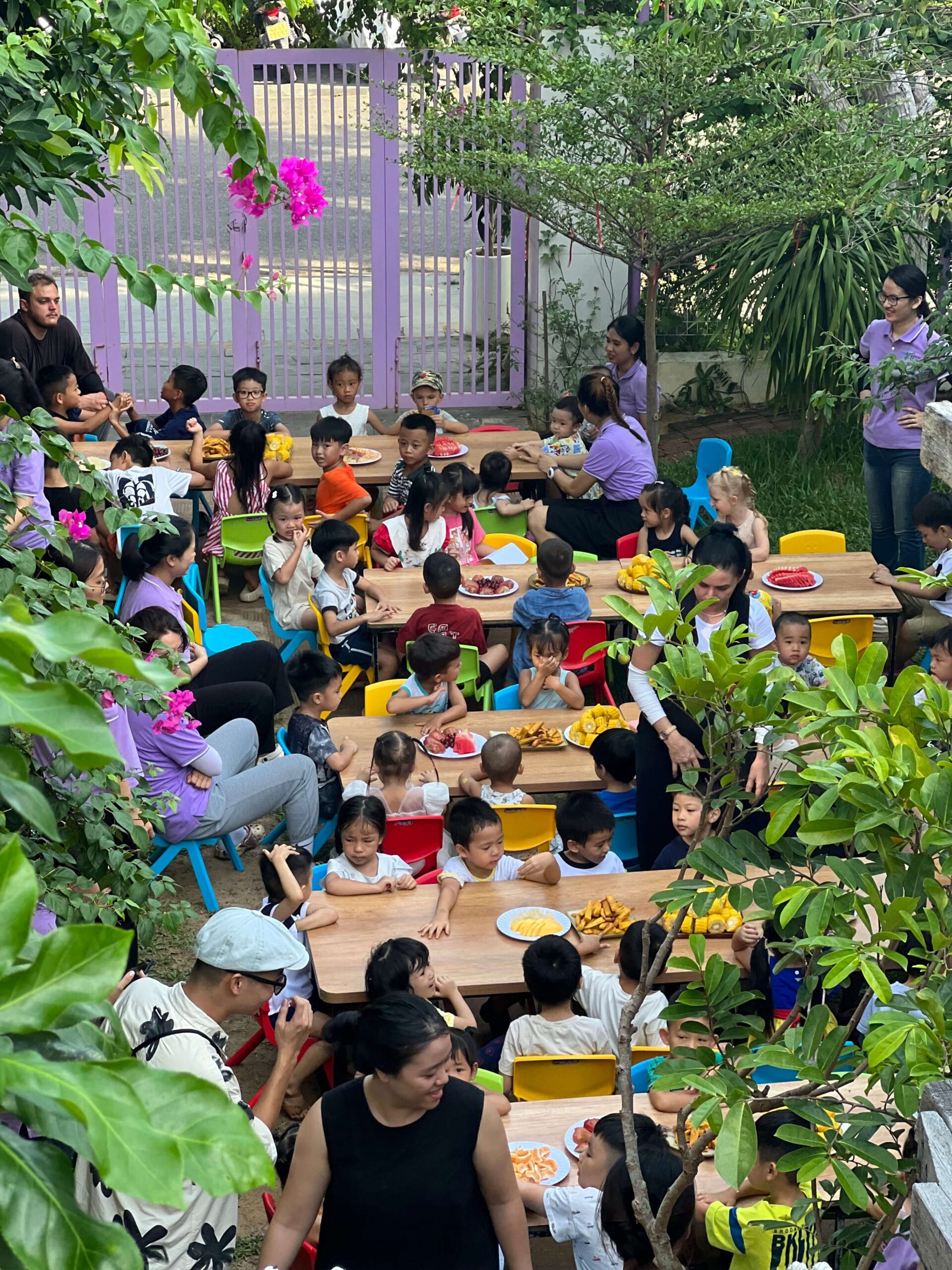
Parents come to us seeking quality programs and services. Their highest priorities are academic excellence and character development. Most parents expect their children to be well-prepared for the next level, college or university. They are also looking for a school experience that will offer something special, something that will make the school experience intellectually exciting and develop a wide range of talents and interests in their children.
4Life Montessori Curriculum has three streams that come together in a great confluence of learning:
Involves the mastery of fundamental skills and basic core knowledge: we teach what must be taught, whether required by law or contemporary cultural expectations, doing so in as engaging a way as possible, providing experiences and apparatus that illustrate ideas concretely, in order to make information easy to understand and see in context.
Involves inspirational lessons and experiences that we organize and present: we consciously seek to design curricula and experiences meant to awaken interest and inspire a sense of wonder, rather than simply to give children yet more facts on which they will be tested.

The child’s individually chosen research: we are simply remembering that learning does not stem only from teachers, textbooks, or even Montessori materials, but also from within the child.
4Life Montessori Curriculum is organized as an inclined spiral plane of integrated studies, rather than a traditional model in which the curriculum is compartmentalized into separate subjects, with given topics considered only once at a given grade level. In Montessori, concepts are introduced simply and concretely in the early years and elaborated upon over the years at increasing degrees of abstraction and complexity. However, to make it more easily understood by parents, we have chosen to organize the Scope and Sequence into the familiar subject areas.
4Life Montessori course of study is an integrated thematic approach that ties the separate disciplines of the curriculum together into studies of the physical universe, the world of nature, and the human experience. Literature, the arts, history, social issues, civics, economics, science and the study of technology all complement one another.
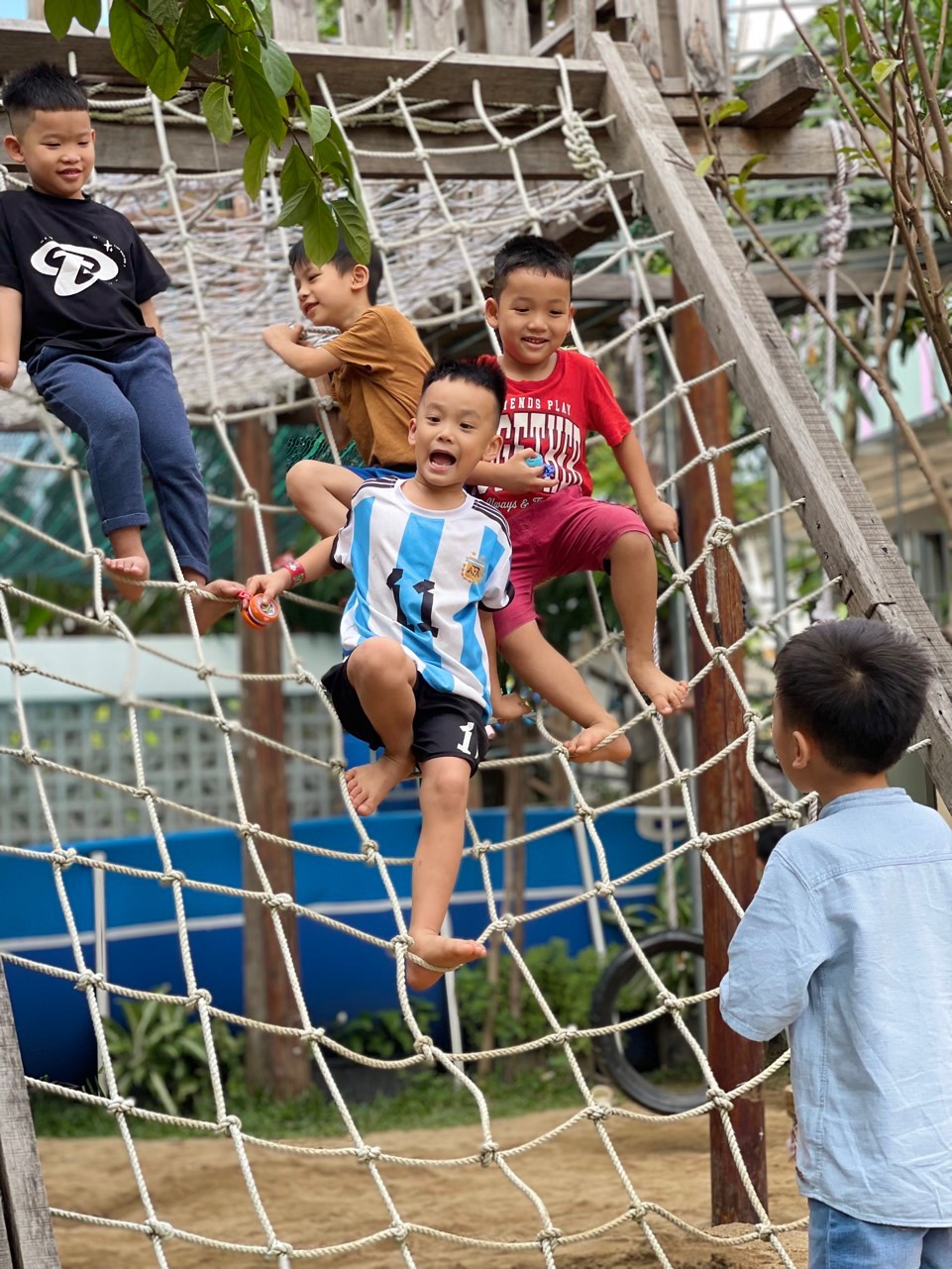
As an example, when our students study Africa, they would look at the physical geography, climate, ecology, natural resources, and the ways in which people have adapted to their environment: food, shelter, transportation, clothing, family life, and traditional cultures. They might read African folk tales, study about the great African civilizations, study endangered species, create African masks and traditional instruments, make African block-print tee shirts in art, learn some Swahili, study dance in music, and prepare some typical meals from various African cultures. Guest speakers, performers, and friends of the school help to make a field of study come alive through their memories, talents, and personal experience.


The revolution that technological and biological breakthroughs have wrought has resulted in unprecedented changes in human life-styles. Affluence and luxuries for a large portion of the population, instant communication through electronic media via worldwide satellites, the preservation and prolongation of human life, the possibilities now being explored of artificially reproducing and modifying that life, the overpopulating and polluting of the earth, and the ever-present threat of its total destruction by man himself-all these present problems that call for an entirely different response to life than man has ever given before. It becomes increasingly obvious that traditional education, based as it is upon handing to the student the answers of another era, is no longer sufficient. If young people are to meet the challenge of survival that faces them today, it is imperative that their education develop to the fullest extent possible their potential for creativity, initiative, independence, inner discipline, and self-confidence, harmonious attitude. This is the central focus of 4Life Education.

